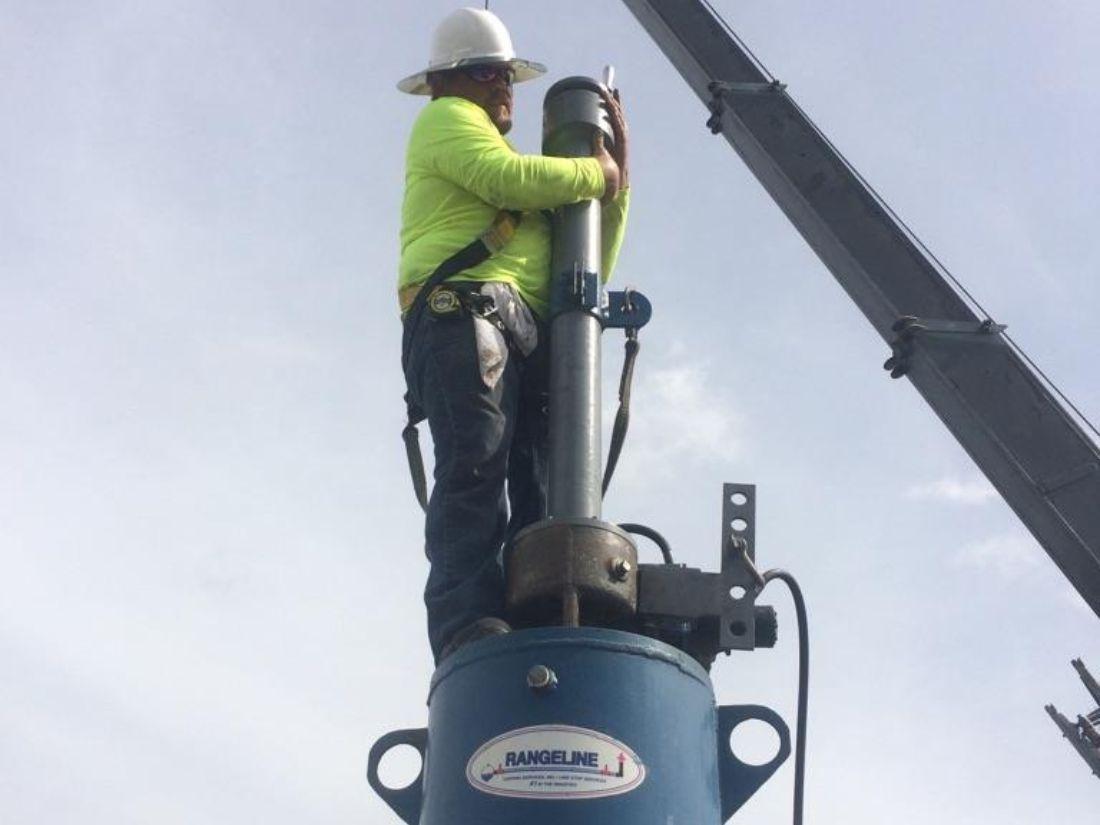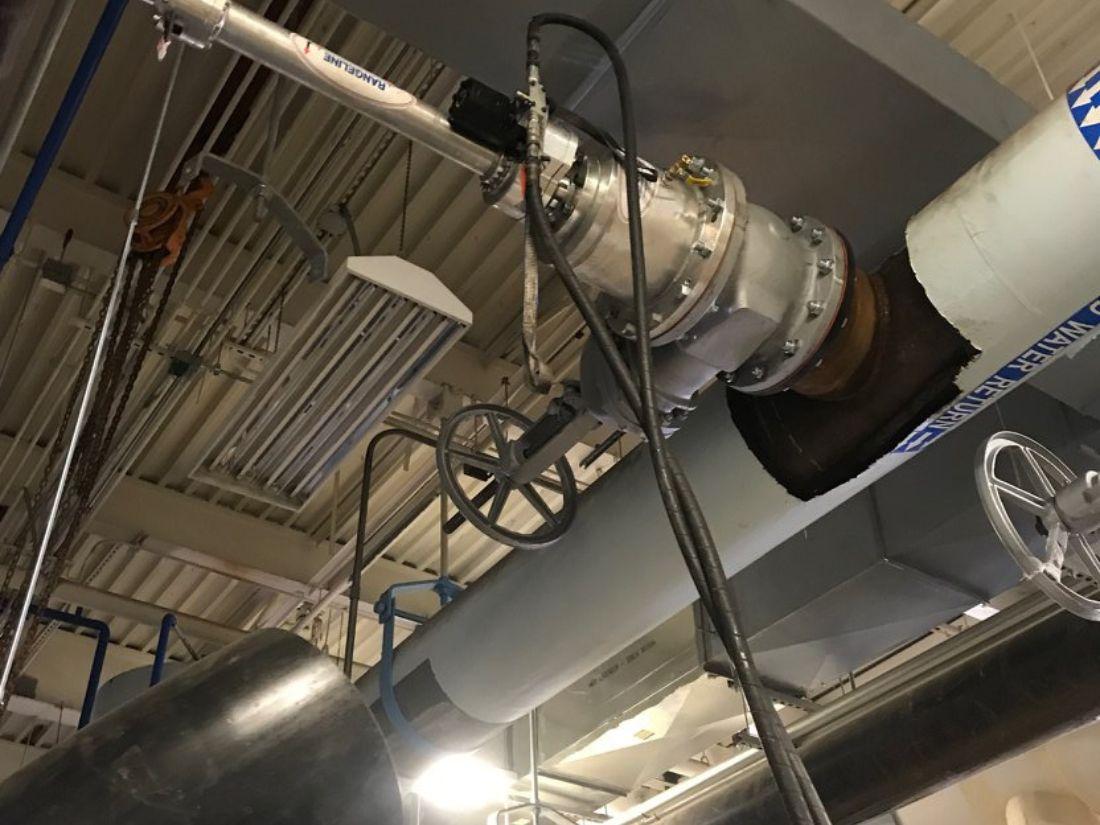Request Quote
Hot tapping is an indispensable pipeline repair technique for maintaining and modifying pressurized systems without shutting them down. Its primary advantage lies in its ability to avoid interruptions to operations.
However, hot tapping is not without risks. This process involves working with potentially dangerous fluids and pressurized systems, which can present hazards if not performed under strict supervision. Understanding the safety protocols of hot tapping, along with the necessary equipment and qualifications needed, is essential for safe and effective execution.
Hot tapping carries inherent risks you must acknowledge to ensure safety. One of the most critical is the possibility of uncontrolled fluid release. When tapping into a pressurized system, a lapse in control procedures can cause a dangerous release of gas, liquid, or other material, leading to potential harm to workers and the environment.
Another risk is the danger of ignition or explosions. Hot tapping may involve working with systems carrying flammable or volatile substances. Sparks or excessive heat generated during the process can ignite these substances if you don’t take precautions. This is particularly concerning when working with hydrocarbons.
Structural integrity is something else you should consider. Cutting into a pressurized system can compromise its strength and stability if the material you’re modifying becomes degraded, corroded, or weakened. A lack of evaluation prior to hot tapping can lead to catastrophic failures, such as leaks or collapses.
We can’t forget that human error remains one of the most common contributors to accidents during hot tapping. A lapse in judgment, improper execution of procedures, or insufficient training can exacerbate risks.

To mitigate the inherent hazards of hot tapping, you must methodically plan and meticulously follow all safety measures. At the heart of these measures is a thorough risk assessment. Understanding the properties of the material within the system, pressure levels, temperature, and the current condition of the pipeline or tank is fundamental. This evaluation helps to identify potential vulnerabilities and informs the planning process.
Isolation procedures are a critical first line of defense during hot tapping. Where possible, temporary isolation of the operational area within a system should be conducted. This minimizes the chance of material escaping the pressurized system, keeping personnel and the surrounding environment safer.
Constant monitoring of pressure and temperature during the process will also be vital. Improper tracking could lead to sudden changes that may destabilize the system. Advanced sensors and manual checks are typically employed to keep parameters in a safe range throughout the operation.
Ignition control is another essential protocol. To mitigate the risk of fire or explosion, you’ll need to classify the work area based on its risk of harboring flammable gases. Spark-proof tools, inert gases deployed to flush potential flammable atmospheres, and mandatory grounding and bonding of equipment are among the measures adopted to reduce ignition risks.
Finally, all personnel involved must adhere to a well-documented procedure that outlines every step of the operation, from pre-planning to post-operation inspections. Strict compliance ensures that no one overlooks critical steps within the process, reducing the potential for errors.
Understanding the safety protocols of hot tapping is one thing; executing them correctly is another. That’s why personnel involved in these operations must undergo rigorous training for competency. Certification programs provide a deep understanding of the technical and safety aspects of the procedure. Topics typically covered in training include the mechanics of hot tapping, welding safety, risk assessment, and contingency planning.
Additionally, technicians must become familiar with applicable standards and regulations. Organizations such as the American Society of Mechanical Engineers (ASME) and the American Petroleum Institute (API) outline guidelines and standards specific to hot tapping, which technicians must adhere to in their operations.
Continuing general education on the subject as processes change is equally important. Technicians will need to stay current with best practices and emerging tools in the field as technology and regulations advance. Many certification programs require regular renewal so that personnel maintain competency as guidelines evolve.
You also need to recognize that proficiency in non-technical skills, such as teamwork, communication, and situational awareness, is something you’ll want to emphasize and teach. These skills are critical for effective collaboration, especially in high-stakes environments where the margin for error is thin.
State-of-the-art equipment and technology contribute to the safety and effectiveness of hot tapping operations. Specialized hot tapping machines can handle specific pressures, temperatures, and materials. These machines have precision cutting tools for making clean, controlled incisions into systems.
In addition to machinery, the use of advanced sensors and diagnostic tools plays a critical role in ensuring safety during hot tapping. Remote sensors monitor parameters, such as pressure, flow rate, and temperature, in real time and provide live data that enables operators to make informed decisions during the process.
Portable gas detectors are also vital tools for monitoring potentially flammable or hazardous atmospheres. These devices enable you to identify risks promptly, allowing teams to take corrective measures without delay.
Materials used in equipment are another area where safety is prioritized. Investments in high-quality materials, from corrosion-resistant metals to heat-resistant welding gear, reduce the likelihood of equipment failure during operations.
On top of that, automated welding arms or remotely operated vehicles (ROVs) enhance operator safety by reducing the need for direct human involvement in hazardous environments. Similarly, software tools for process simulation allow technicians to model and test their hot tapping plan in a virtual environment, identifying potential issues before execution.

While the benefits of hot tapping are undeniable, it is obvious that the risks make it a procedure that most businesses shouldn’t attempt without specialized expertise. That’s why it’s best left to the professionals. Hot tap contractors with years of experience and certifications can handle the complexities and variables involved in this process. They bring a level of precision and thoroughness that minimizes the possibility of errors.
Furthermore, professional hot tapping service providers have access to the latest equipment and technology that may not be readily available to others. This gives them an edge in executing operations efficiently and safely.
Professionals will comply with industry standards and regulations. Non-compliance can lead to legal repercussions and even financial liabilities if something goes wrong during the procedure.
Lastly, outsourcing hot tapping to experts allows you to focus your resources and energy on other critical operations. Knowing the task is in capable hands provides peace of mind and ensures optimal outcomes, so call the pros when you need to hot tap your pipeline.